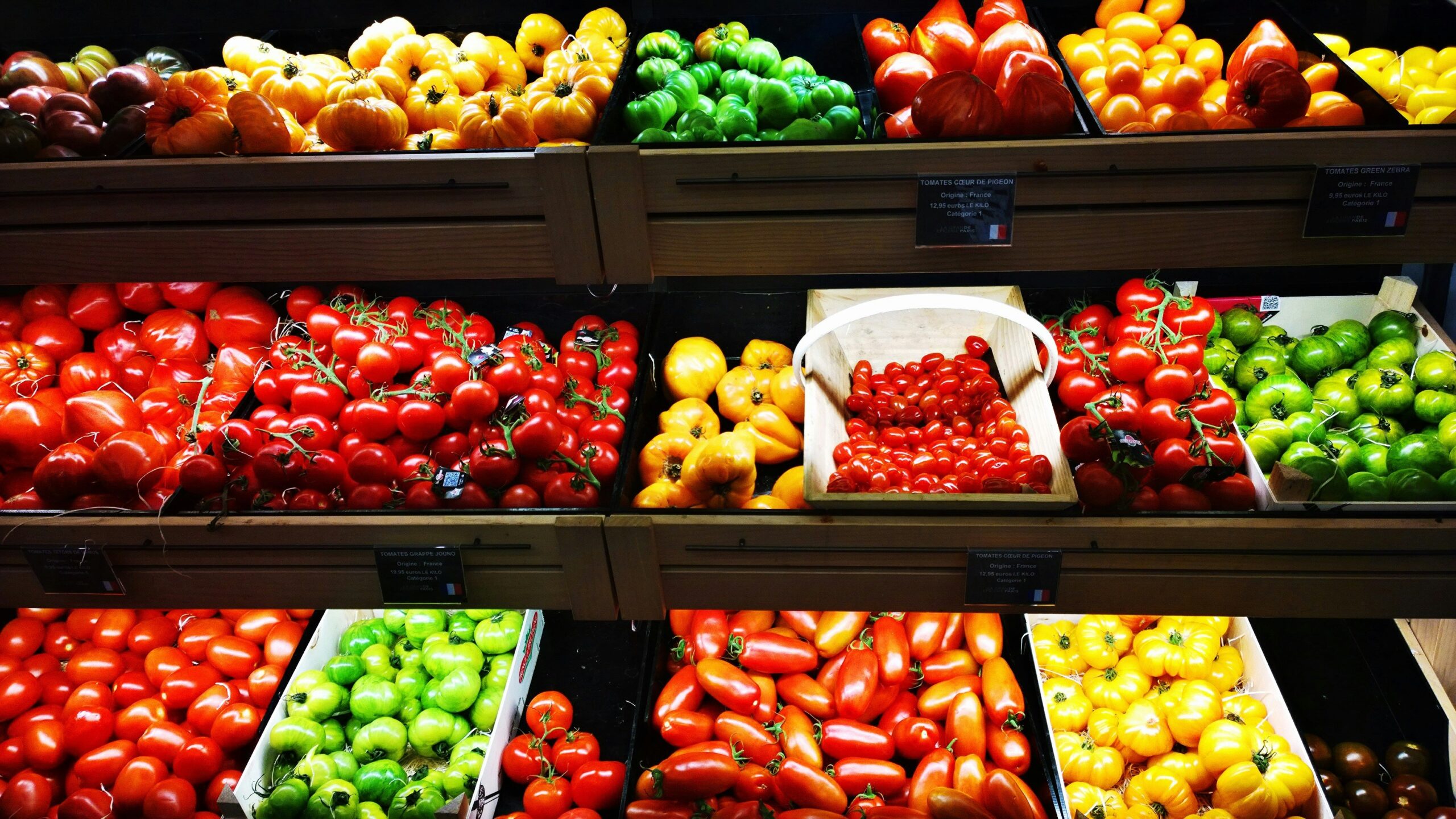Quotes from Technology Networks, January 9, 2024
By 2030, our global population is projected to increase significantly, resulting in a substantial gap of 28 million metric tons in the seafood supply needed to adequately feed everyone, as reported by the UN.
Due to the threats of overfishing, a warming climate, an increasingly polluted marine environment, rising ocean temperatures, and other significant ecosystem disruptions, our seafood supply is at risk. As a result, seafood now contains a variety of contaminants, including microplastics, mercury, oil from spills, nuclear waste, and polychlorinated biphenyls. Unfortunately, these toxic substances ultimately find their way into the food web, further compromising the safety and quality of our seafood.
In order to address the challenges facing our fish stocks and ocean ecosystems, it is imperative to develop a new solution that can provide the global population with safe and nutritious seafood while alleviating the existing pressures.

Thanks to the advancements in food cultivation techniques, we are able to offer safer food alternatives that not only benefit human health but also ensure the preservation of marine wildlife by allowing them to stay in their natural habitat and work towards restoring and replenishing their populations. The future of the seafood industry lies in cell-cultured seafood.
Through the process of cellular agriculture, fish cells are utilized to create cell-cultured seafood, offering a sustainable and innovative alternative to traditional seafood production. The process begins by obtaining a small tissue sample from a living fish, which is then placed in bioreactors where it is carefully nurtured and cultivated. This innovative method allows for the production of sustainable, high-quality, and authentic seafood.
** To access the complete text, please click here **










